(NLDO) - The young planet named HIP 67522b has left scientists "lost" for a year.
According to Sky and Telescope, in 2023, scientists announced that James Webb observed a new planet named HIP 67522b, a hot Jupiter, which is similar in nature to Jupiter but very hot because it orbits too close to its parent star.
But a new study led by Dr. Pa Chia Thao from the University of North Carolina (USA) has just revealed that this planet is not like Jupiter at all.
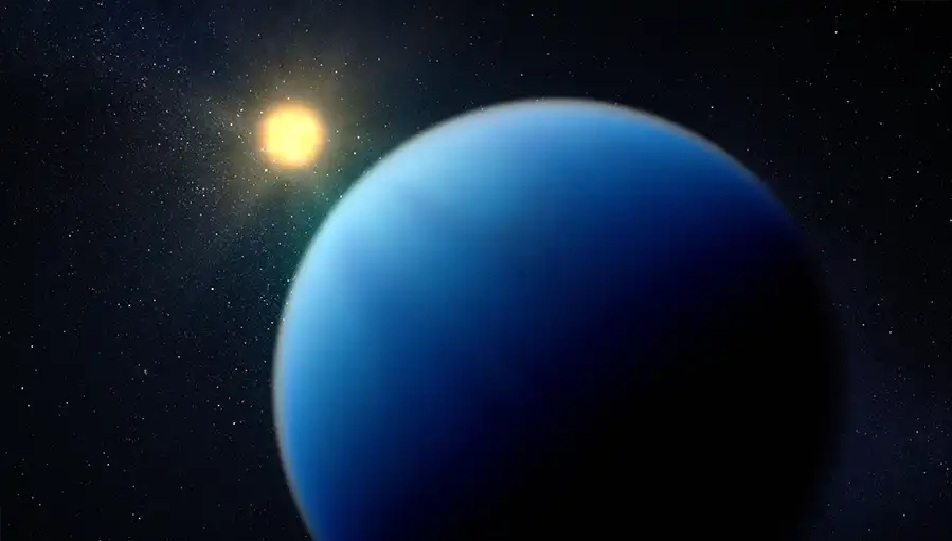
Planet HIP 67522b could be the beginning of a "mini Neptune" - Graphic image: SKY AND TELESCOPE
New research suggests that if the super planet had a mass similar to Jupiter, its intense gravity would grip the surrounding gases tightly.
But detailed data from James Webb show that the atmosphere of HIP 67522b extends much further than expected.
So it's a world with much less mass than originally predicted and with weak gravity.
Through further analysis of the thickness of the atmosphere, the research team believes that although HIP 67522b is about the same size as Jupiter, its mass is only 14 times that of Earth.
Jupiter of the Solar System is 318 times more massive than Earth.
As a result, HIP 67522b is a puffy, “feather-light” planet. It is also one of the least dense giant planets known.
That makes it more like Neptune than Jupiter.
The team also predicts that this young planet could be the beginning of "mini-Neptunes," a type of planet that has a structure similar to Neptune but is smaller.
Scientists have long suspected that the sub-Neptunes we've seen in space had much larger initial atmospheres that were gradually evaporated by the impact of their parent stars.
As for HIP 67522b, although we see it as a giant, bloated planet today, its low mass will prevent it from remaining that way for long.
HIP 67522b is only 17 million years old, like a newborn baby compared to our 4.54 billion-year-old "middle-aged" Earth. So it will continue to change a lot in the coming time.
Its atmosphere may have boiled away by now and lost most of it within the next billion years.
The surprise discovery not only sheds light on how sub-Neptune formed, but also marks the first time astronomers have measured a planet's mass using the spectrum of starlight passing through its atmosphere.
It is a useful technique that astronomers around the world can use to observe other young stars and young planets in the future.
Source: https://nld.com.vn/lo-dien-hanh-tinh-moi-sieu-khong-lo-nhung-nhe-nhu-long-vu-196241231092434965.htm






![[Photo] Binh Trieu 1 Bridge has been completed, raised by 1.1m, and will open to traffic at the end of November.](https://vphoto.vietnam.vn/thumb/1200x675/vietnam/resource/IMAGE/2025/10/2/a6549e2a3b5848a1ba76a1ded6141fae)







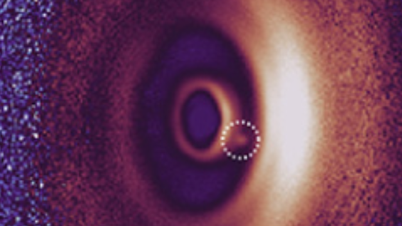


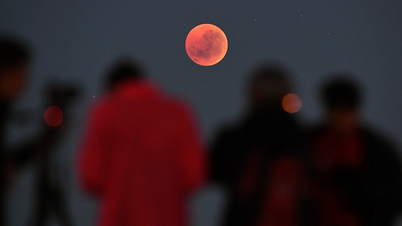








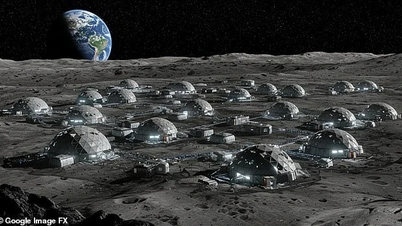





























































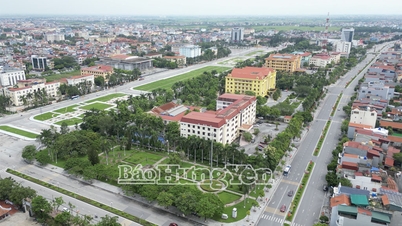













Comment (0)